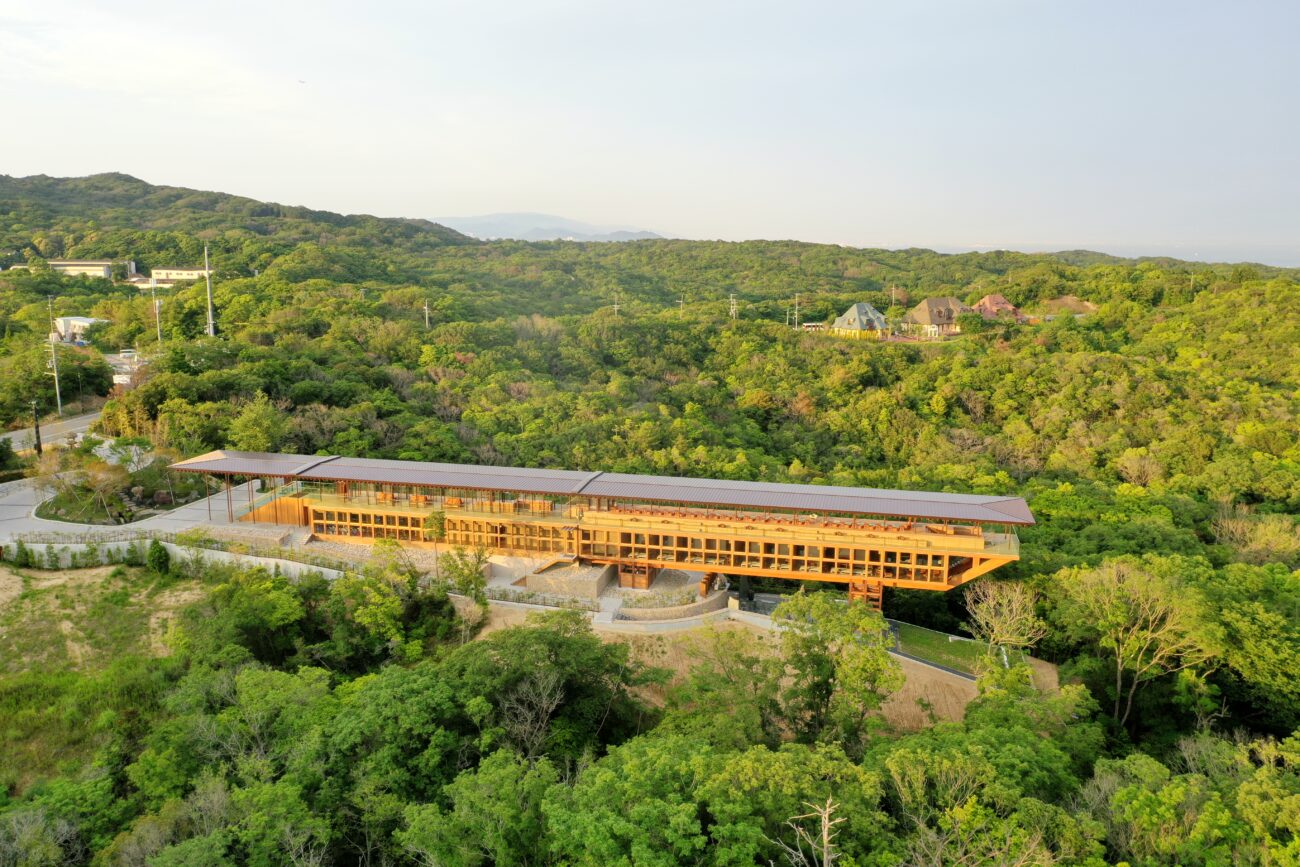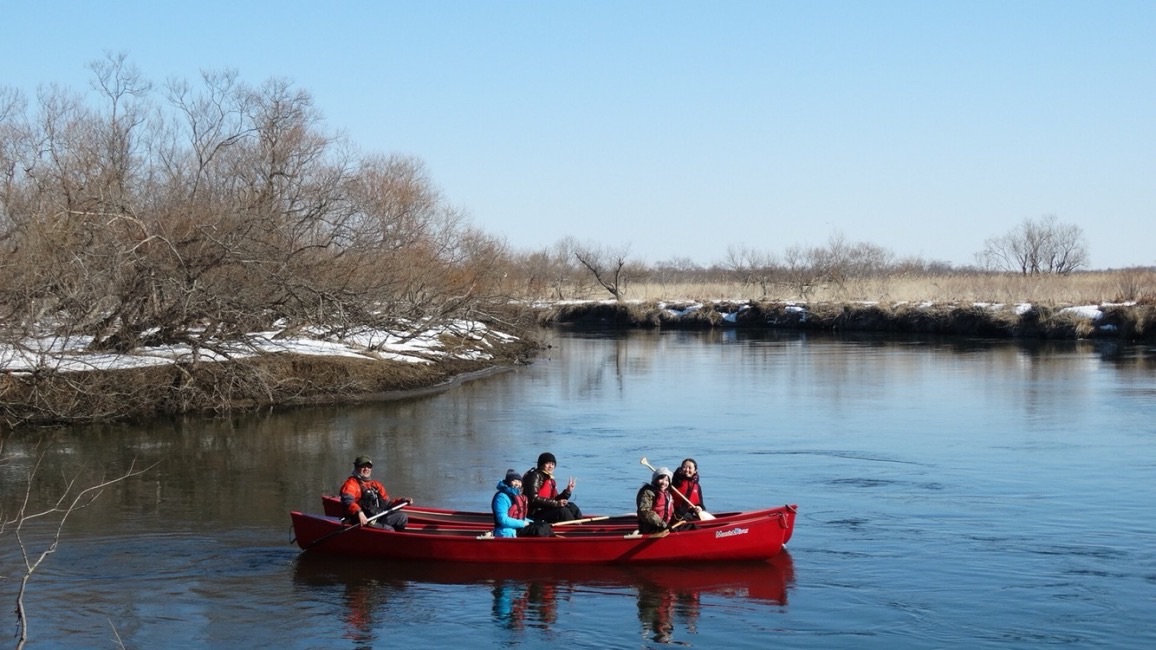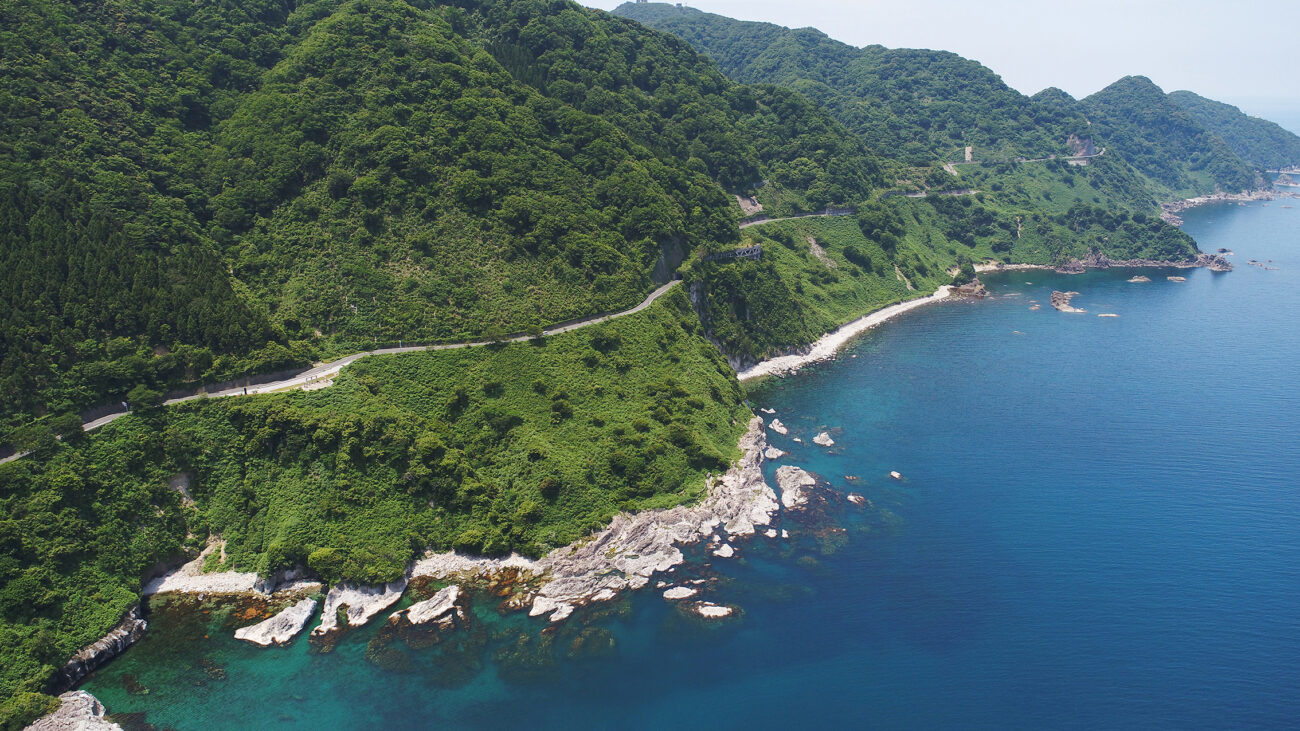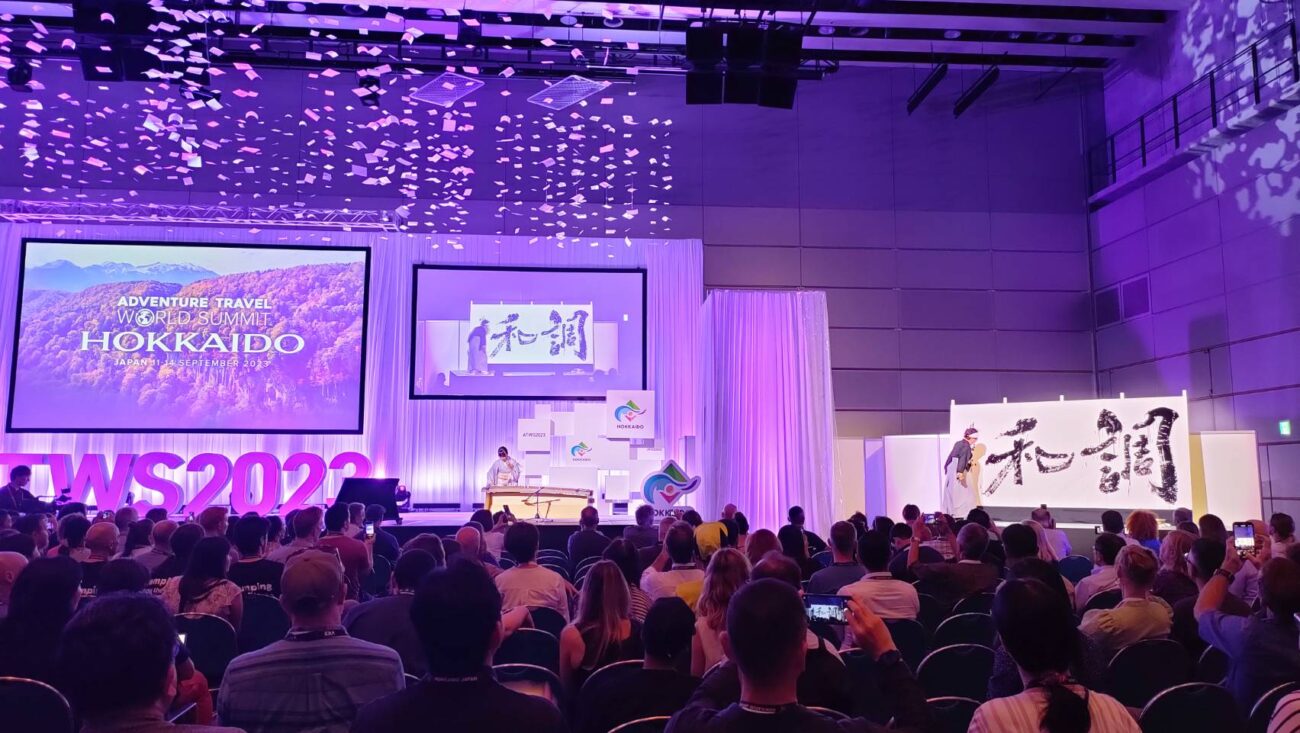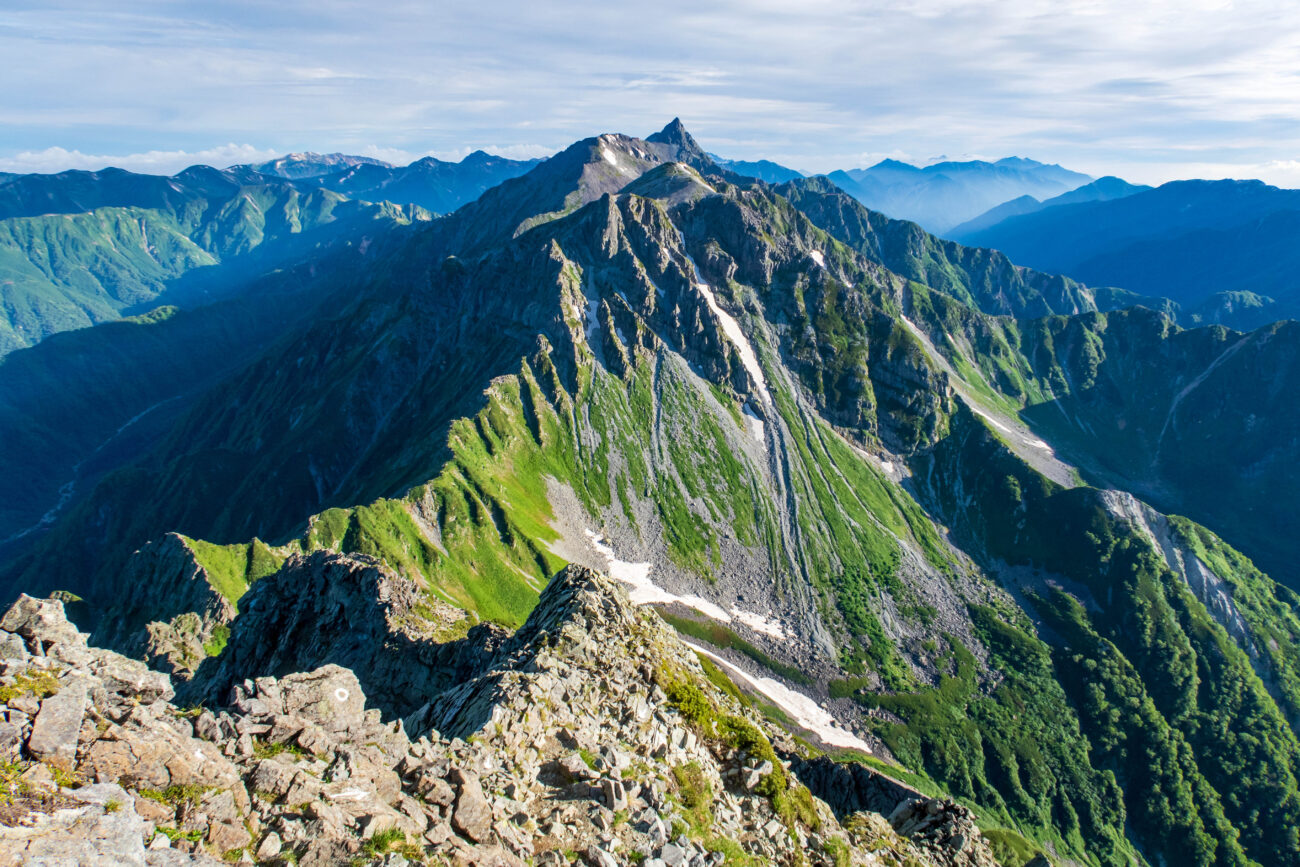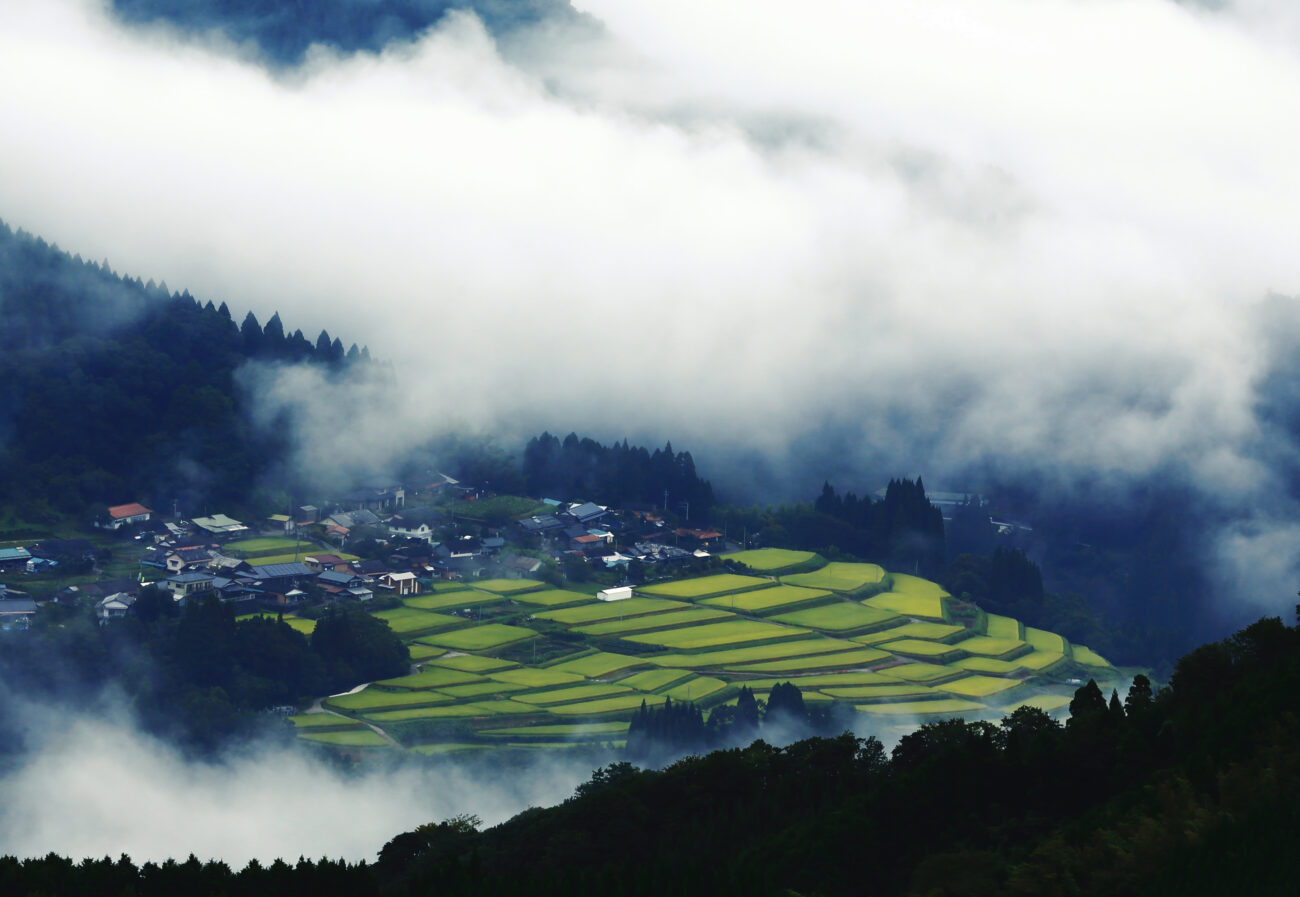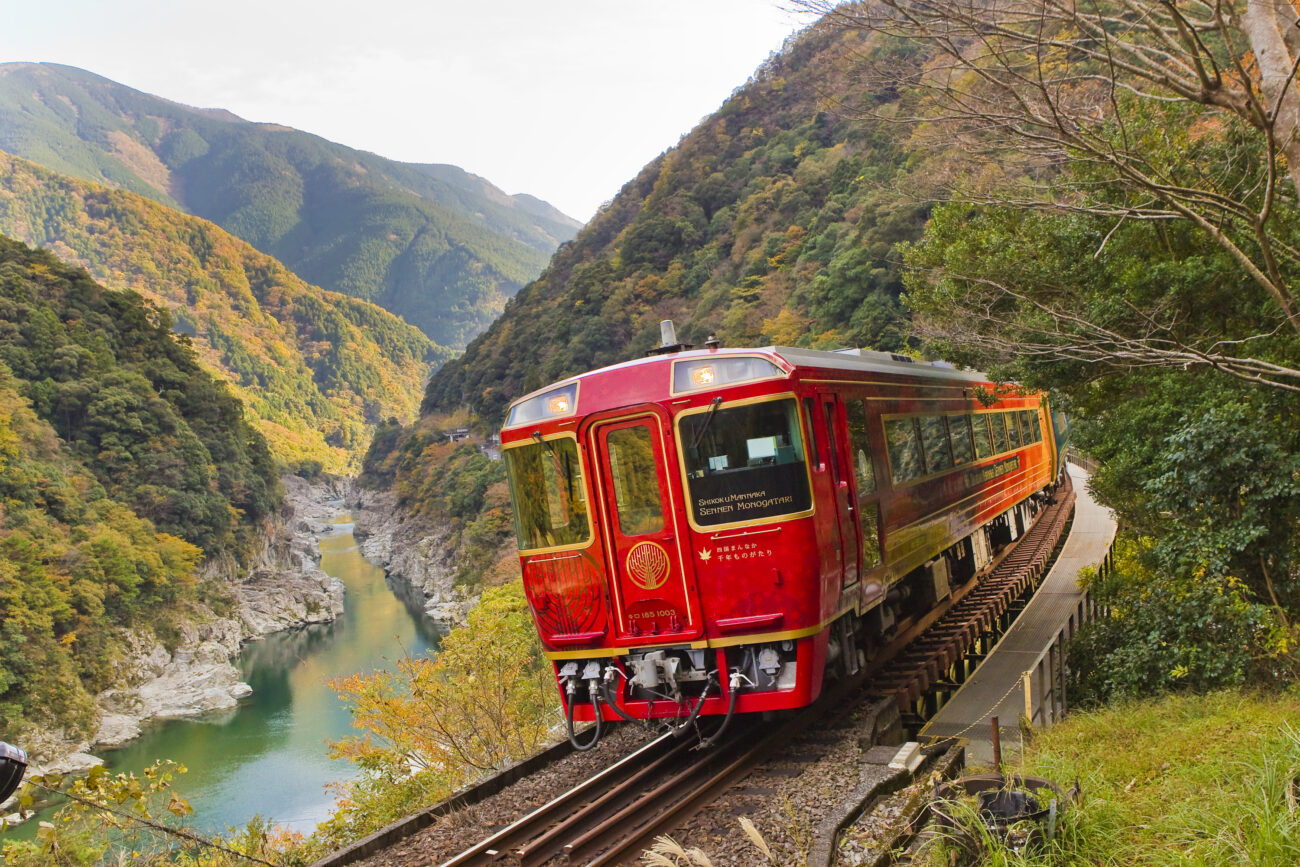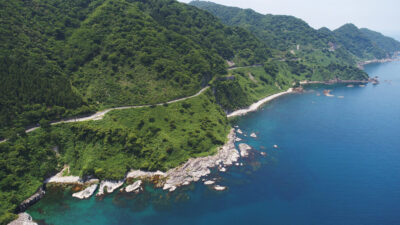Japan’s wide range of natural environments offers travelers a rich choice of ways to improve their well-being and engage with their surroundings. Well-being tourism is a type of tourism that allows people to focus completely on their own health, be it mental, emotional, or spiritual. Tourism for the sake of well-being has become a recent phenomenon, perhaps brought on by the stress of an increasingly frantic pace of life due technological advances or from years of uncertainty during a global health pandemic. Fortunately, well-being has long been part of Japan’s spiritual culture, from its forest bathing experiences immersed in nature to its centuries of enjoying onsen hot springs for both therapeutic and relaxational purposes. Here are a few unique wellness experiences you’ll find only in Japan
Meditate with Zen masters in a modern retreat
One place where travelers can experience a holistic wellness retreat is Awaji Island, located in Japan’s Seto Inland Sea. This region is already well known for its calm beach waters and countless art and nature islands. Awaji Island is particularly revered for its imperial gastronomy, where fresh-caught whitebait is flash-freezed right out of the water and served plump and springy, where top-grade Tajima cattle is raised for gourmet Awaji Beef.
In the north of the island, perched on a secluded hilltop of boundless greenery and free of all urban distractions, Zenbo Seinei provides a self-contained space dedicated to meditation, yoga, and all-around well-being.
The contemporary structure is like a floating Zen garden with a modern twist, where individual rocks and still pools of water merge with concrete paths, and an open terrace made of Japanese cedar planks blends naturally into the surrounding forest. The minimalist design even includes special supportive cushions to help guests sit cross-legged for long periods of quiet time.
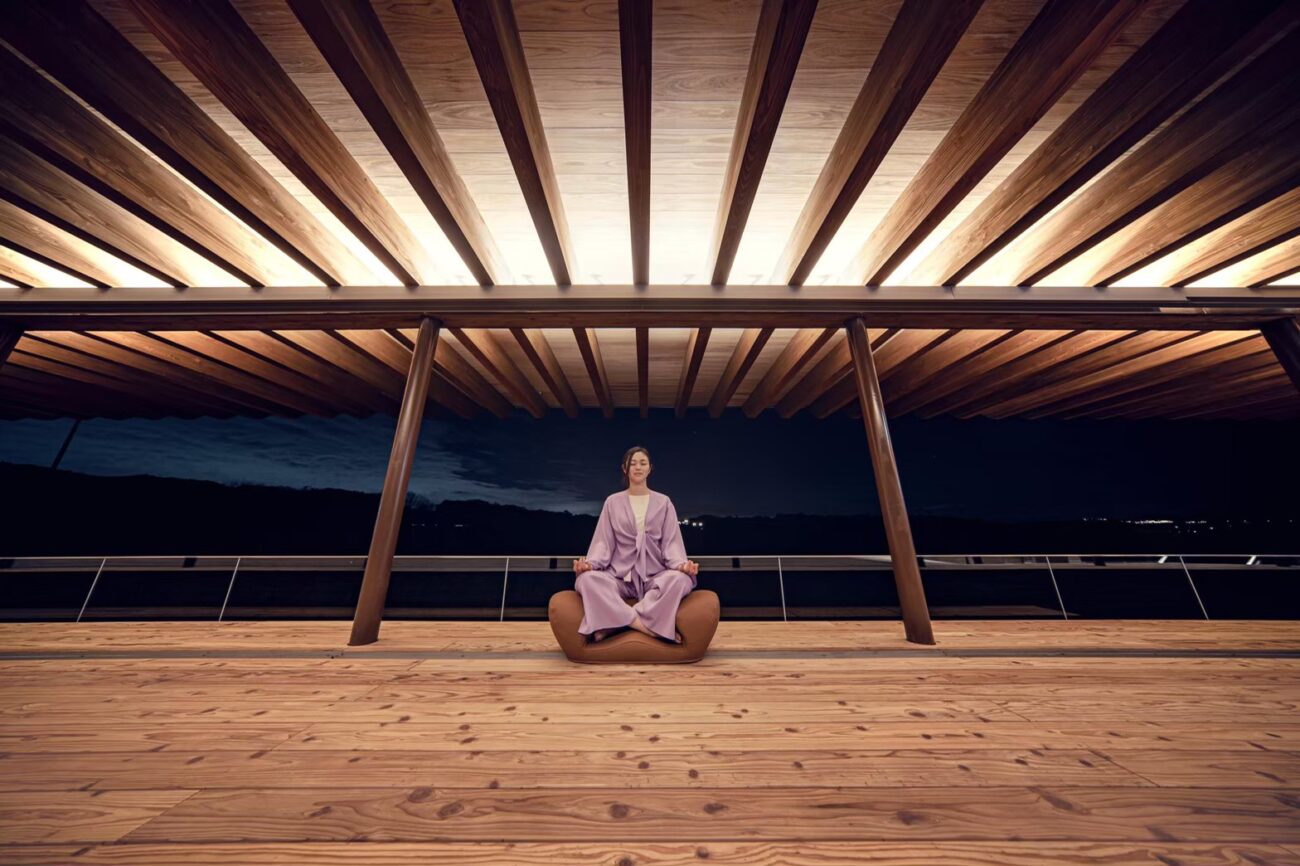
At mealtimes, wholesome vegan cuisine features seasonal fruits and vegetables grown on Awaji Island, alongside handpicked wild herbs and seasonings without any artificial flavoring or additives – as if inspired by traditional Buddhist Shojin Ryori, minus the temple setting.
It’s an ideal place to engage in guided meditation or yoga, especially for beginners. Other experiences include Zen tea ceremony, calligraphy and other contemplative activities, perfect for a rejuvenating day trip or a short overnight stay.
Relax at a riverside resort filled with nature and art
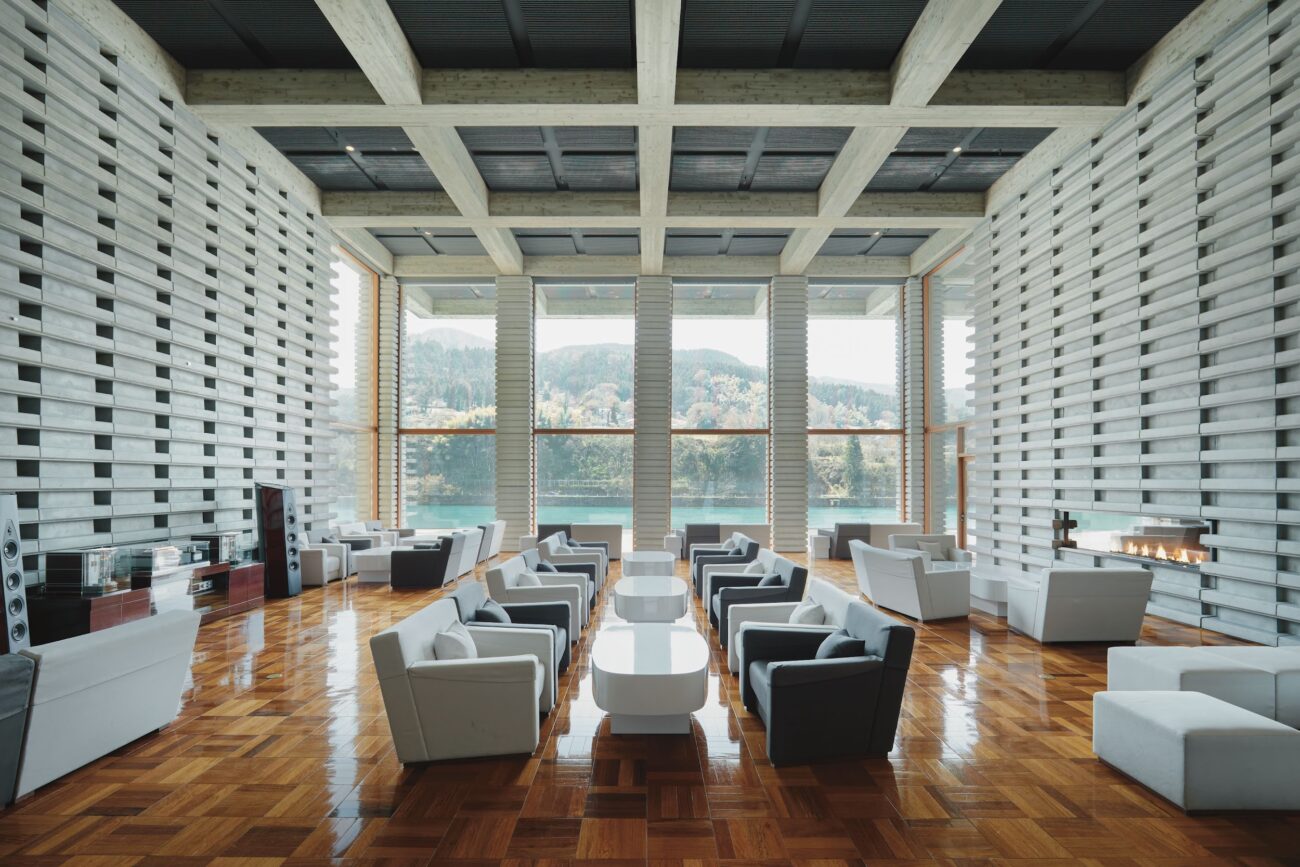
The lush green mountains of Toyama are also conducive to mindfulness amidst the rich natural environment of the Jinzu River. On its northern bank, nestled in the Jinzu Gorges hot springs, River Retreat Garaku invites travelers to slow down, take an art walk, and soak in the area’s naturally healing Onsen waters. The resort includes a private garden walking path, where guests can retreat into the riverside scenery while encountering contemporary artworks by Japanese artists, many visible from the guest rooms.
Most guest rooms overlook the Jinzu riverbank, each with its own distinct character: lavish vermilion touches or soothing earthen textures, warm walnut or chestnut interiors, Washi wallpaper, silk partitions, and even tea ceremony or calligraphy elements on Tatami mats, so that each guest can cultivate their individual well-being at their own pace.
Yakutotoryu Spring Day Spa combines the relaxing elements of Japanese Onsen hot springs with therapeutic spa treatments designed for relaxation and wellness. The treatments are rooted in Toyama’s history and natural resources; choose the Gakanraku course, and you’ll be treated using aromatic oils from Toyama’s history as a medicine town, or the Shinrinko course, which uses essential oils derived from the mountain forests around Toyama.
Whichever course you choose, you’ll be pampered by the professional staff in one of three elegantly designed treatment rooms that use the colors of nature, lush wood grain, and the sounds and scents of nature to put you completely at ease.
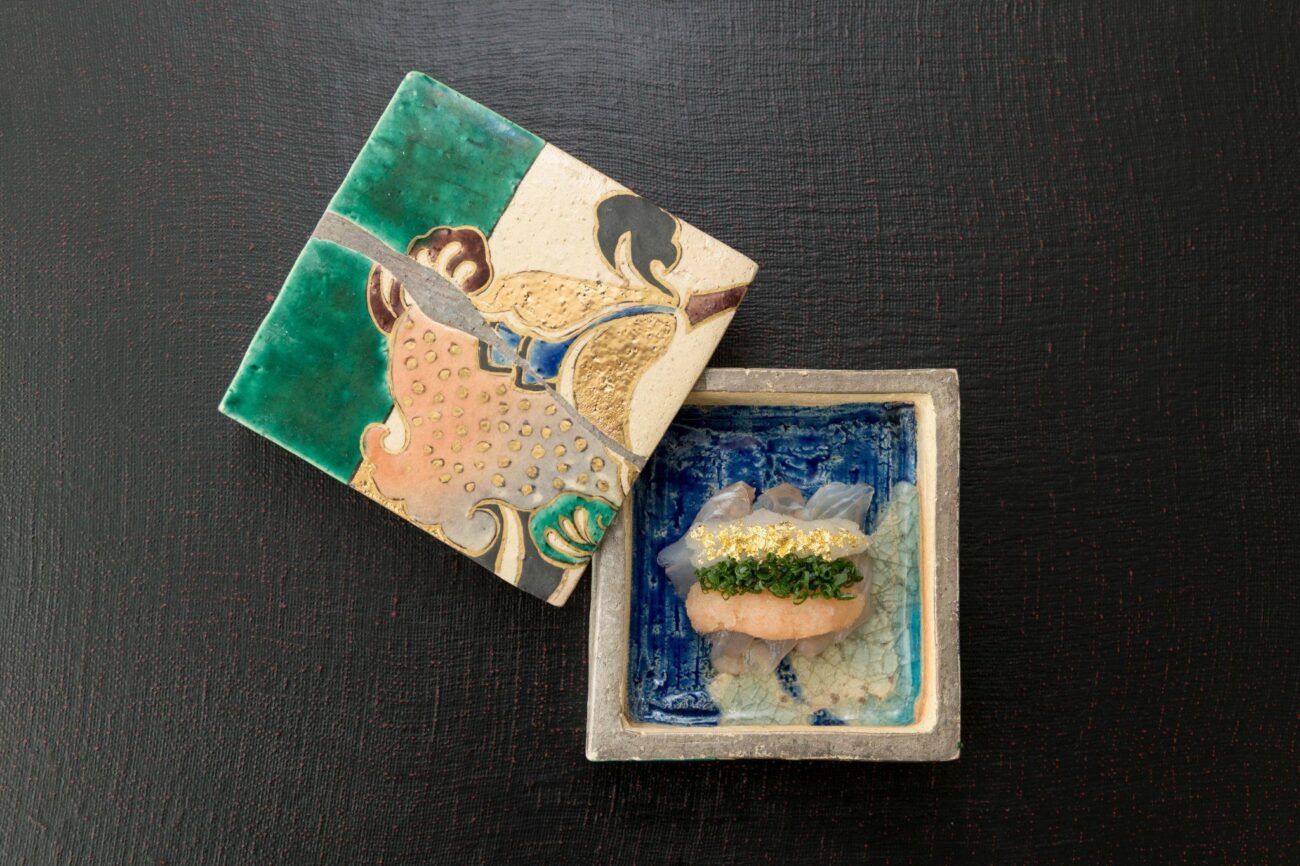
Toyama is the natural capital of medicine in Japan, famous for its rich forests and pure water. One of the most rewarding elements of well-being is understanding and incorporating the characteristics, history, and ingredients of the area’s local culture.
Bathe in the forest and worship a sacred waterfall
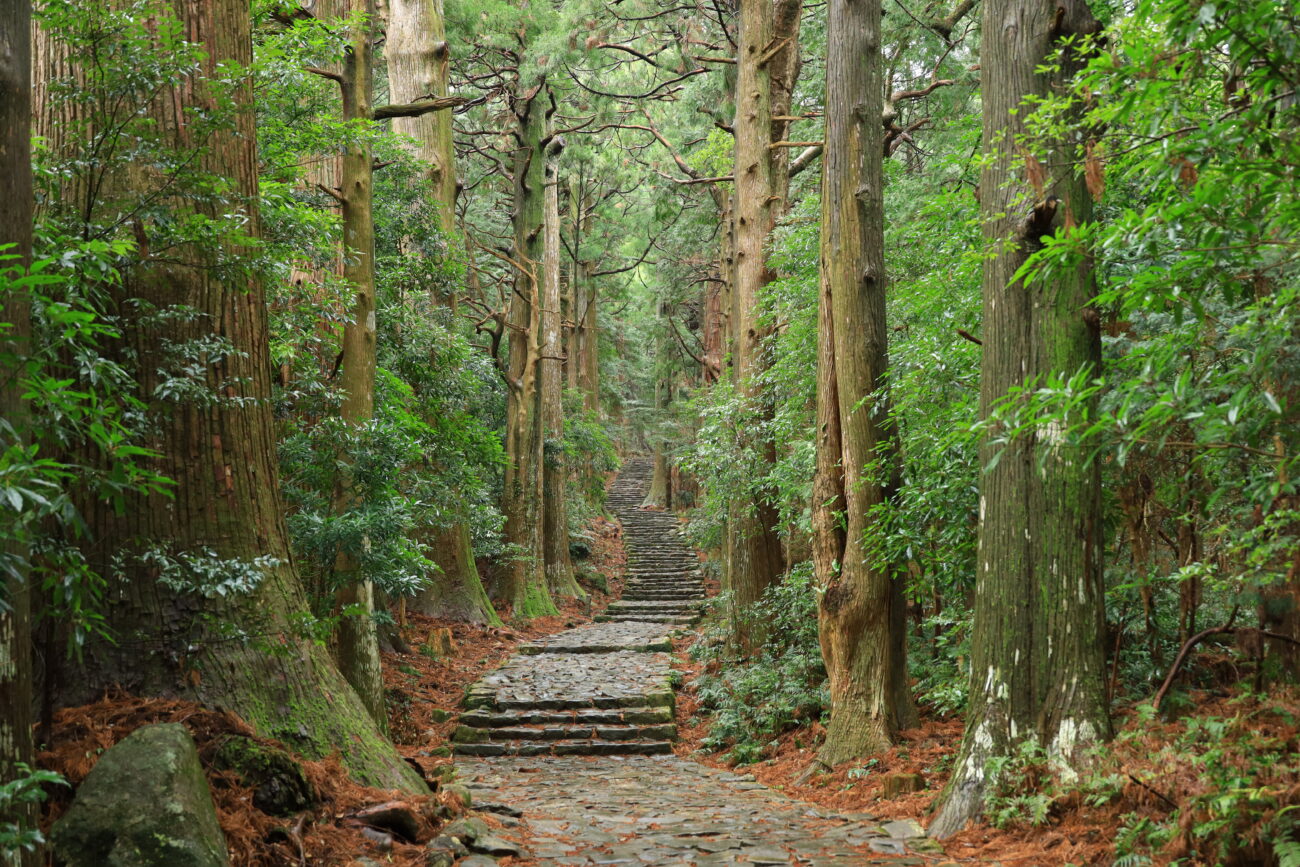
The ancient Kumano Kodo is one of Japan’s most spiritual pilgrimage routes. Among its most mystical sections is the forested path from Daimonzaka to Kumano Nachi Taisha Grand Shrine, which enshrines the spectacular 133-meter-tall Nachi Waterfall in Wakayama prefecture.
The Kumano faith intimately combines the natural elements of the area with Shinto, Buddhism, and Shugendo (ascetic mountain worship); this part of the route especially immerses hikers in forest-bathing spirituality that induces mindfulness with each step.
The total length of this gently sloping walk, which begins at the entrance of the beautifully preserved vestige of Daimonzaka gate, is less than 3 kilometers. Along this path, even casual trekkers can enjoy a spiritual walk through a naturally sacred site, passing the many nearby hot springs that benefit from this abundance of water, and absorbing the mossy, woodsy atmosphere of the forest on a truly divine path into the mountain.
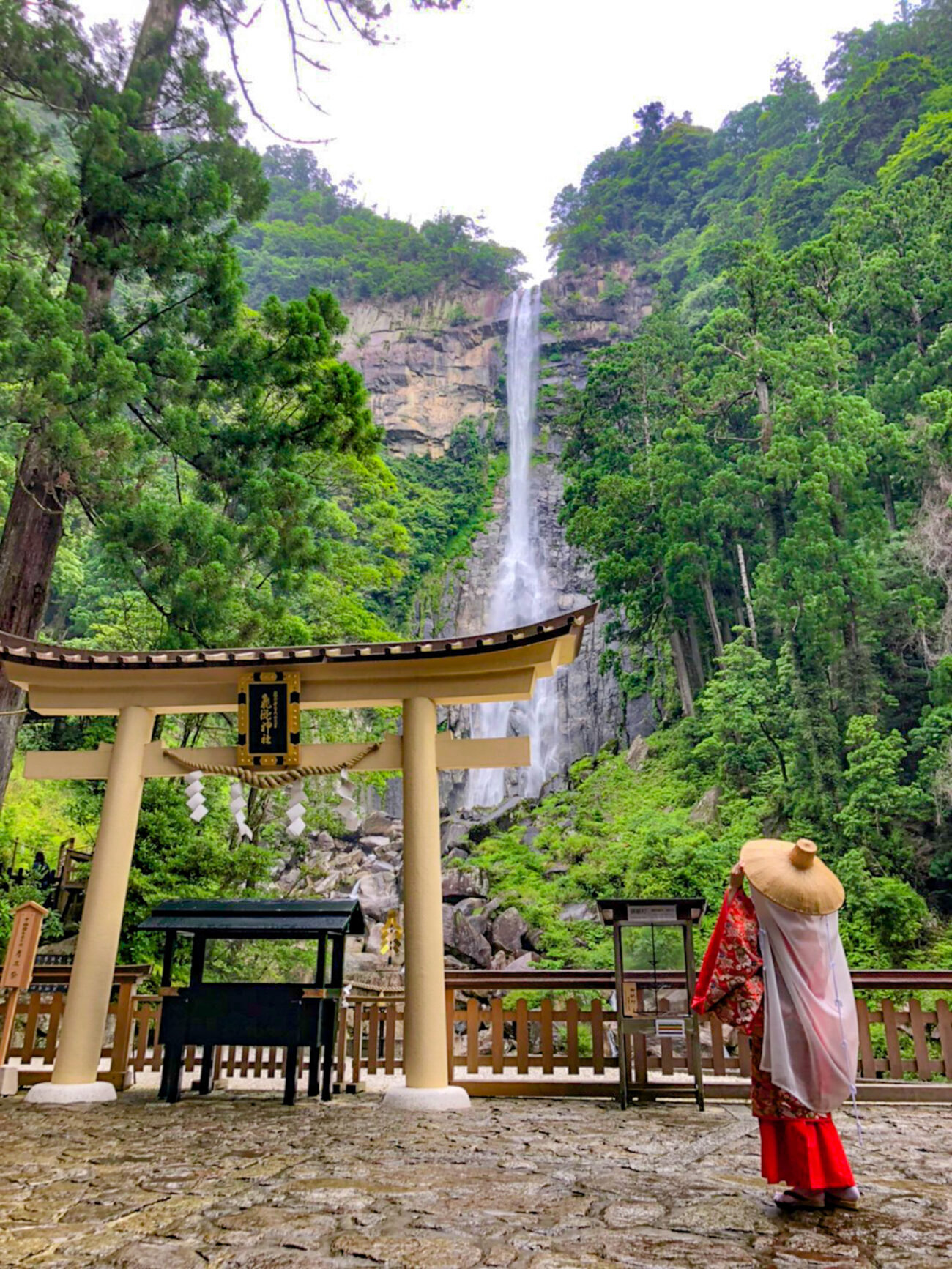
Once hikers arrive at the Kumano Nachi Taisha Grand shrine and Nachisan area, they can witness the enshrined waterfall pouring out of the mountainside, and even drink the water for longevity – it’s the same water that flows through the mouth of the dragon fountain into the shrine’s fortune-telling basin.
Escape from stress and daily routines comes in many forms. Each traveler has many options to find their own way to relax and recover mental and physical balance, strength, and clarity. Perhaps, all it takes is being at the right place at the right time to find those valuable moments of mindfulness.
For more on forest bathing, please also see the feature story in our Monthly Web Magazine.
Supported by Japan National Tourism Organization

Notes:
- The above details are correct as of the time of publication, and are subject to change.
If you’d like to download photos and videos of Japan’s tourist attractions, please visit the Japan Online Media Center (JOMC)
For media inquiries, including requests to use photographs, please contact the JNTO Press office at media_inquiry@jnto.go.jp
 0
0

